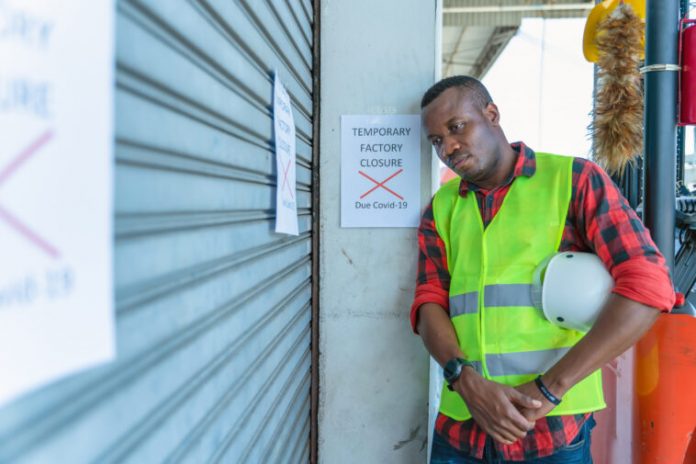The Trump administration has been beneficial to the industrial sector in the United States. Tariffs, pro-worker laws, and an emphasis on restoring America’s once-proud manufacturing sector all contributed to a steady increase in the number of factories producing items for the real economy, resulting in more employment and profits.
Team Brandon hasn’t been as beneficial for manufacturing, which is at its lowest point since Covid and the lockdowns destroyed the American industrial base in 2020.
Timothy Fiore, chair of the Institute for Supply Management’s (ISM) Manufacturing Business Survey Committee, announced the news in a comment:
“The December Manufacturing PMI® registered 58.7 percent, a decrease of 2.4 percentage points from the November reading of 61.1 percent.”
The statement further added that as material shortages and supplier delays lingered on, industrial production in the United States increased at a slower pace in December. Although there was some relief as supply chains worsened to their least severe level since May, the impact of much longer lead times for inputs hampered enterprises’ capacity to create final items once more.
An ebb in client demand from earlier in the year, with new orders climbing at the slowest rate in a year, added to the sector’s woes. This was mostly due to clients’ unwillingness to make orders before stocks were worked through. Softer demand circumstances, along with a minor increase in employment, resulted in the slowest increase in backlogs of work in 10 months.
But that’s just a problem with the supply chain. Worker churn is a big issue, with unemployment benefits and Covid limitations keeping individuals out of the workforce, while a global chip scarcity is wreaking havoc on makers of microchip-based products.
The manufacturing sector is at its lowest since December 2020, when Covid restrictions were still in place in many locations, as a result of supply chain turmoil and other concerns.








